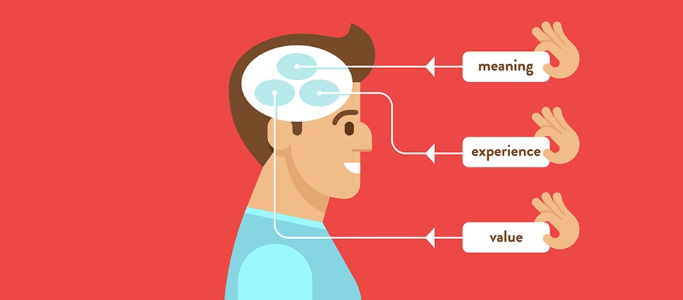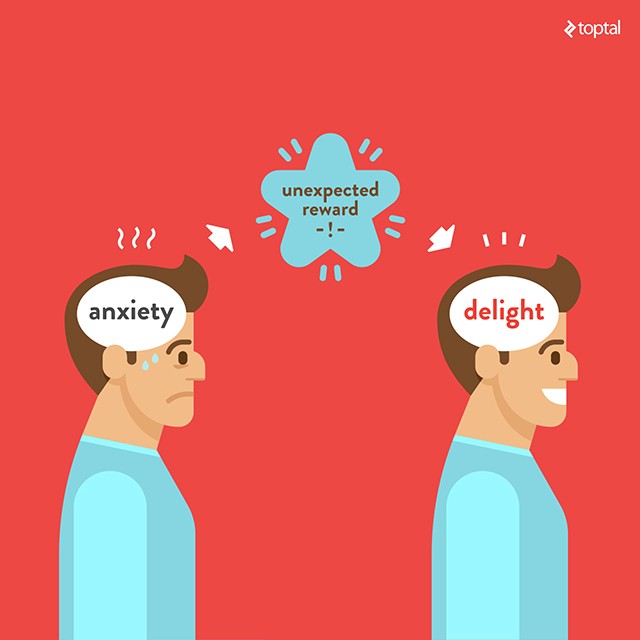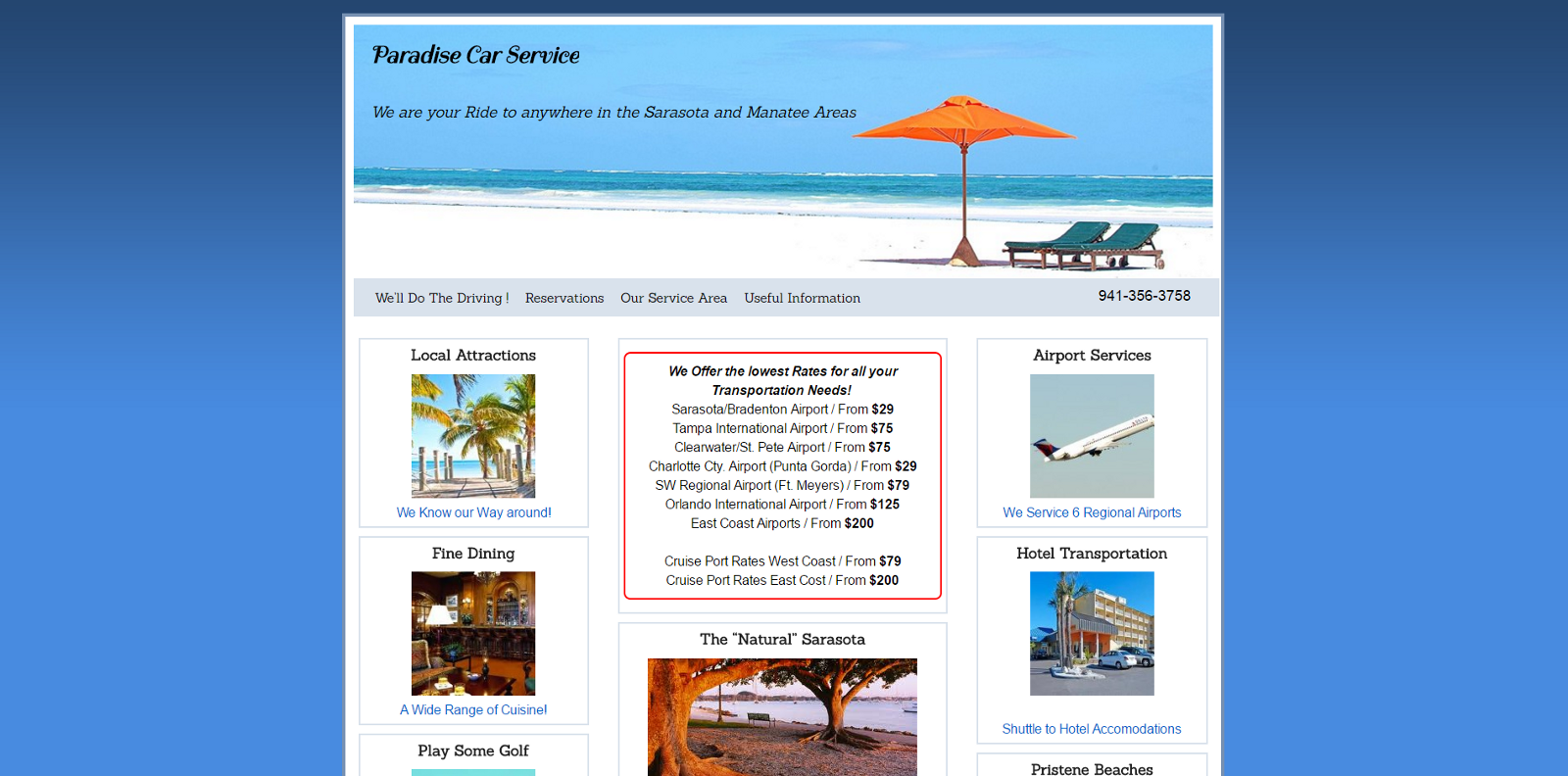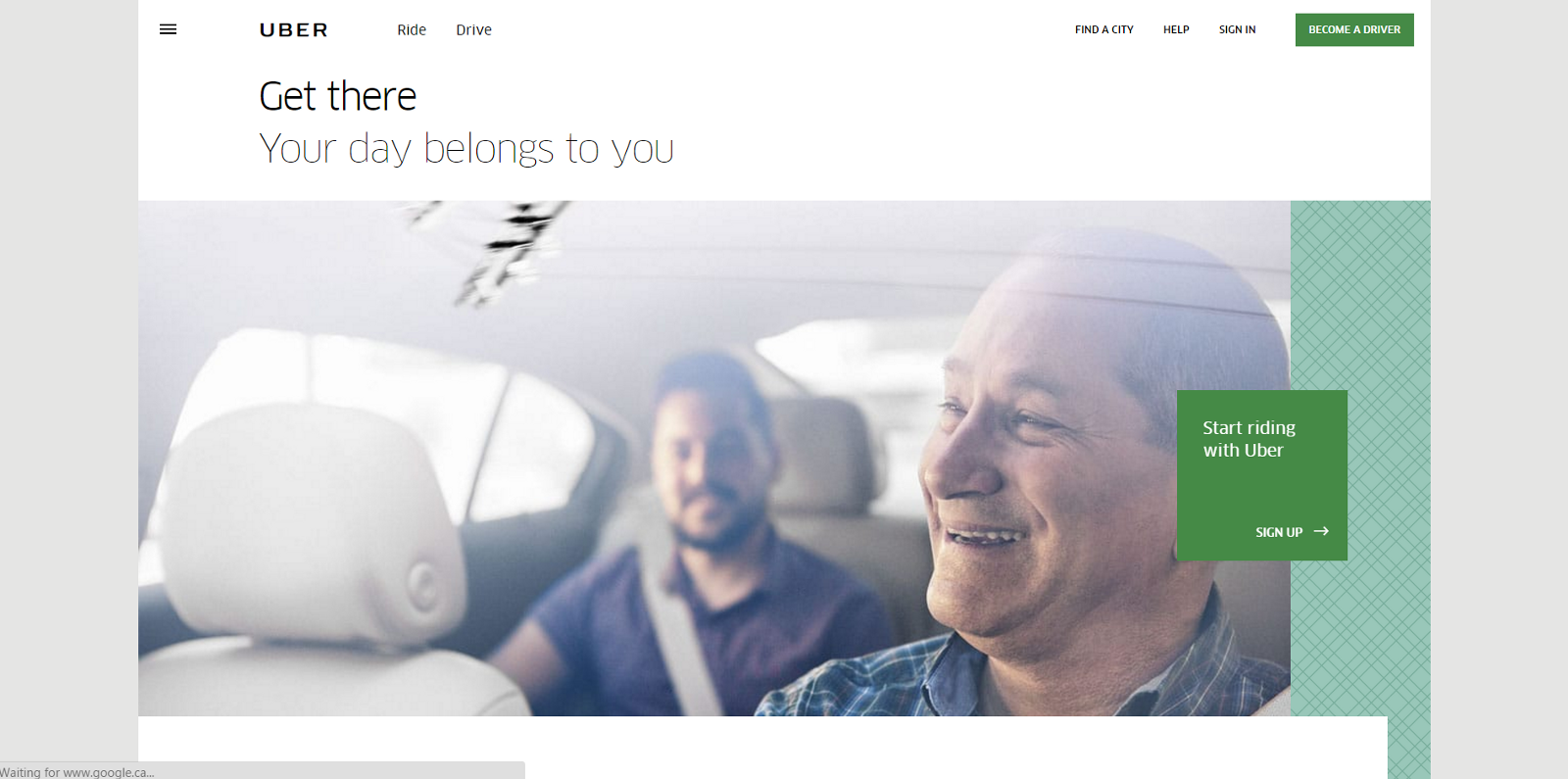The art of meaningful UX design

Editor's Note: In this article, the author emphasizes the importance of attracting customers through meaningful interaction with them, which includes good product design and a pleasant user experience.
Market participants, product developers and trading communities would agree that finding the customer’s attention and influencing its behavior or making decisions is perhaps the most difficult task today. Experts in the field of content marketing and sales communications emphasize the importance of “effectively attracting customers” so that they move further along the sales funnel.
')
But how does this “involvement” actually occur? What determines the noticeable and expected change in customer behavior? What do you need for customers to start talking with admiration about your product?
We all know that changing behavior is not an easy task. To do this, you need to force clients to take such steps that are not typical for them or that they will not take if they do not change their usual course of action. When a customer tries a new product or service, this does not equate to “changed behavior”, because the same customer can try different products each time. Such a small deviation in the "behavior" may have the opposite effect or may result in a new behavior if the customer is not committed to any brand.
Consumer dislike for change
“People hate change. They like constancy, ”Chris Nodder notes in his book Evil by Design. “To do this, they even came up with the fashionable name“ status quo prejudice, ”that is, the tendency for everything to remain almost unchanged, and any deviations from the current situation are perceived as a loss. “Fear of loss” leads to the fact that people overestimate the possibility of potential losses caused by changes and, conversely, underestimate the potential benefits. They also tend to overestimate the current situation (ownership effect).
In this case, strategic client experience plays a big role. Strategic client experience combines knowledge from various scientific disciplines, such as consumer psychology, cognitive science, data analysis, ergonomics, and so on, with the main goal of finding the most optimal way to influence a client's choice in a particular situation. Also, in recent years, several provisions have been put forward regarding the “Experimental Models”, which gave rise to the sustainable involvement and shaping of customer behavior. However, the most important thing is to ensure that the change in the client’s behavior brings him “positive emotions” or “delight”. After all, it is precisely because of this that the client himself begins to promote the product, recommending it or telling other people about it.
Customer delight creates a topic for discussion. The power of the spoken word (as well as the power of the printed word on the Internet) is becoming increasingly significant. Usually people talk either about something very good or very bad. They have no habit of talking about a normal, ordinary product. Therefore, it is necessary to ensure that people talk about the product (of course, only good things are said). And for this, the client should have enthusiastic emotions!
How the consumer gets excited
Two models can be distinguished, as a feeling of delight arises in the consumer’s mind. Usually this feeling is connected with the situation, with a specific point on the client's path (for example, buying, updating or evaluating, and so on) when he is in an emotionally vulnerable position.
For example, let's imagine this development: the client needs to cancel the flight on the plane, but then an unreasonably high commission will be imposed on it, since the cancellation of the booking is paid. The client begins to worry. However, there is an unexpected solution to the problem. The airline reports that the refund amount has been transferred to the client’s account, and he can use it for the subsequent booking of the flight. The client calms down and talks about it on the social network with delight.

Nir Eyal, author of the book Buyer on the Hook. A guide to creating products that form habits, hypothesizes that the product should be created to meet the user's needs, but ultimately, the product should eliminate all the symptoms of the problem that the user has encountered. Thus, the product creates a custom habit. Habits are good for both the user and the company because habits:
· Contribute to a higher customer life cycle
· Provide opportunities for flexible pricing
· Promote rapid growth
· Increase customer loyalty
B.J. Fogg, head, scientist and professor at Stanford University, where he founded his Laboratory of Persuasion Technology, created a model consisting of three elements necessary for effective behavior change. These elements are motivation, incentive and ability.

In an integrated client experience process, implemented in a successful client-oriented organization, all three elements must work. First, it is necessary to know when the client has the highest and the lowest emotional level (and both levels can be significant) and what behavior this leads to, as a result of which the problem or its root becomes clear. Secondly, the process of creating a quality design covers all the data and provides experience that provides an effective incentive. This is a call to action, which clearly shows that the result will be "acceptable" and "favorable" for the client. Sometimes this process may be suspended. The real benefits of the actions taken can be realized later, but one way or another, the obtained advantage is perceived by a person as a reward, and the expectation of a new reward contributes to the constant involvement of the client. Thanks to this promotion, customers may want to invest even more in the product.
How the design "catches" consumers on the hook
The Eyal diagram, which describes the approach called “hook,” is an experience that ties a client’s problem to a solution. And this decision will change the specific behavior.

There are important differences in the approaches of Fogg and Eyal. The Fogg behavioral model applies simultaneously to the actions you want to motivate and to the actions you want to avoid. Eyala has only one of the four sectors in priority, namely those actions that you want to turn into habits, and habits - into dependence. Unlimited access to the network, mobile devices affect our personal space, a huge amount of personal data is transmitted at an incredible speed. All this led to the emergence of a world of addicted people. Quotation from Nier Eyal:
“Dependency is always a danger, and it hurts the user. However, habits can also be different. We have good and bad habits. I’m sure that we are now standing on the edge of an era when designers help their users form useful habits through technology. ”
This is where the “delight” comes into play, which evokes “positive emotion.” Positive emotion can either cause a specific user behavior, or the user refuses this behavior, as a result we get a mutually beneficial outcome. In most cases, all efforts to create a customer experience design are designed so that target customers can intuitively accomplish a task. However, such an approach too narrowly considers the real world of customers, in which there are a variety of emotions, attitudes, behaviors, values and belief systems.
In order for the client to be delighted, when creating an experience that will generate positive emotions at different points in the client's path, it is necessary to understand several aspects of the context and scenario. Jared Spool in his article "Pleasure, Flow and Value - 3 Approaches to Creating Delight" covers this issue in some detail. The two main methods differ in how the organization plans to create a “space” in the minds of its customers if they are constantly lured away by competitors with a similar or even more attractive offer.
Deliberate delight with the concept of microinteraction
Removing an obvious or known obstacle to a client or alleviating a difficult task - these are just some of the methods by which you can achieve a notorious delight. Some companies that do quite well with this also know that the “prize” for a client must be “big” in order to get a good expected result.
Let's take an example. MailChimp is the perfect balance between use and excitement. This is an exclusively technical project, with its help you can manage mass mailings. The service is so practical that, theoretically, it could survive even with a bare interface. MailChimp thrives on impeccable functionality with a good amount of humor and a visually appealing design.

By combining funny illustrations with humorous messages like “Your Moment of Fame Has Come,” MailChimp helps users get rid of the excessive nervousness associated with the first e-mail newsletter. Any action with the interface and the response of the interface create the impression of working with an understanding instructor, and not with a marketing newsletter application.
Sense of humor and a unique emblem make up the very first, superficial level of feeling of delight. But if we dig deeper, we will see that interactive feedback and an effortless task execution algorithm help MailChimp to establish communication with users at an even more elusive level. They offer a product that teaches, entertains and helps. Even a newbie in email marketing feels like a real professional and this is truly an unforgettable experience.
To sum up everything: never ignore the details. Micro-interaction is not only a tricky way to ensure a good mood for the client. They contain the key points of the product. The micro-interaction model consists of incentives, rules, feedback, cycles and modes.

· Incentives can be user or systemic. So, Nest shows the temperature when you approach the device; Instapaper application offers a lock to change the orientation of the screen if you accidentally turned your device over.
· A good example of the Rules is to set the default settings if you have already learned the user well. Waze offers car routes based on user behavior.
· Feedback helps the user to learn about the rules. In the game T he Temple Run give recommendations on how to avoid falling and not to fall into the beast's mouth.
· Cycles / modes provide some parameters (time, space, etc.) over time. So, Spotify makes more faded the text of songs that have been added for a long time.
Even more enthusiastic through thinking
The term “meaningful experience” is widely used in the digital industry, but most often it is used in terms of usability and artificial enthusiasm. Nathan Schedrof, one of the founders of the design experience, gives the following definition: “this is an experience that goes beyond the functional, emotional and personal needs of a person. He answers the key question: “Does it fit into my world?” Or, vice versa: “Can this be my world?” If the company is focused on content, on meaning, then the issues of price, quality, incentives and design decisions will be solved by themselves myself. "
The deeper the anchor of your brand is fixed in the user's life, the more stable the relationship will be, on which the future of marketing and commercial success depends. Products and services that help to establish a closer relationship with customers are the result of a design process involving emotions.
The problem is that the linear development of a culture or a process-oriented culture, as in our case, is considered from the standpoint of the priority model, when we start from the bottom and gradually move up. Emotions are at the very last place, even if we know that they are extremely important.
Emotions are added at the surface level or, even worse, the emotional element is set aside for a later product release when the brand is updated. With this approach, it is very difficult to achieve customer involvement at a deeper level, since emotional needs are in no way connected with the functional advantages of the product, therefore, the product does not have any “meaning”.
If you want to delight your customers, your primary task is to learn to empathize, to be able to put yourself in the client's place. Of course, you need to pay attention to the details at every stage of the client's journey. From the introductory interaction to the website, the trial experience, the packaging, the flow of purchases and after-sales interaction - the nature of your messages should all provide an integrated approach. If you understand your client better, you will no longer answer the “What” question, you will think about “Why” when developing new ideas.
In his book The Invisible Computer, Donald A. Norman writes: “I don’t want to use a computer. I do not want to edit texts in the editor. I want to write a letter, find out the weather forecast, pay the bill or play a game. I do not want to use a computer. I want to perform some task. I want to do something meaningful and useful for myself. "
In order to better understand the meaning of this quote, let's look at the examples that surround us. A comparison of two products from the same position will explain the meaning of these words to us even better. The home pages of two companies that provide car rental services with a driver look completely different. We have no doubt why we get a completely different result when we touch on a person’s emotions and create meaningful content for him.
In the first example below, the content simply talks about transport services or offers.

The second example immediately speaks for itself. The content of the page focuses on the real reason why customers need a car with a driver. The page contains the idea that the Uber service will relieve a person from unnecessary worries and allow him to concentrate on his plans for the day. The client gets rid of unnecessary hassle with driving before an important business meeting. And this idea lies in the strategy of optimizing customer experience.

So, how exactly can we incorporate this into our design process to create positive emotions or delight? First: you need to know your customers or users very well: what is important for them, what difficulties they face and, most importantly, whether the product fits into any goal in the customer's life. Answers only to these questions allow us to get to know our customers better, redo our offer or solution, and reveal the “emotional needs” of the client. This information, as well as a deep understanding of what people “say”, “do” and “feel” leads us to understand the problem. Questions and observation of behavior go hand in hand.
Customer research and context analysis is carried out for a specific customer segment and a specific value proposition. The data is used to create a user context model and to clearly identify the problem that needs to be solved. Ideally, this should be done at the very beginning of the research and concept development phase of the development process. The Empathy Map tool or the empathy map comes to the rescue of designers and product owners. It helps to reveal the hidden nuances of emotions in the problem area. Then, the result is expressed in a clear statement of the problem that forms the basis of the process of creating ideas.
In the design process, the emotional element needs to find a very careful and systematic approach. The plan below will help you catch a person’s emotions and continue to work with them in order to achieve delight:
1. Identify the moments when the client wants to have something: a detailed analysis of the client’s path will indicate several points, when the client is especially vulnerable. He may be upset or agitated, in high spirits or in control. These moments require a very deep understanding. All customer experience design should fully address these points and create an understandable language that carries meaning.
2. Sentence in response to emotions at the right time and in the right place: an experience that matches the client's emotions can be carried out at three levels: Instinctive: Appearance, visual language, tone or voice. Behavioral: how it works, behavior or reaction. Reflexive: how it can be interpreted or understood.
3. Offer meaningful content: “meaningfulness” in this context means accomplished goal or realized desire. No need to understand this as a literal metaphor of interaction. That is, we must create design for meaning, not with meaning. Meaning is even more important than emotion, and meaning goes beyond value.
Conclusion
The process of “creating meaning” through creating a design that causes delight is a laborious, multiple process based on constant experimentation. If you are not ready for a long maturation process before the most important product launch, imagine the whole process as a few trial, training launches or an early launch only for a limited group of potential users. All the data obtained, use for further advance.
Most companies lack patience. The main thing here is to stay afloat through constant learning and improvement. In order to get a product that responds to users' emotions and at the same time increases customer engagement and promotes behavior change, awareness, dedication and enthusiasm are needed.
Source: https://habr.com/ru/post/304676/
All Articles